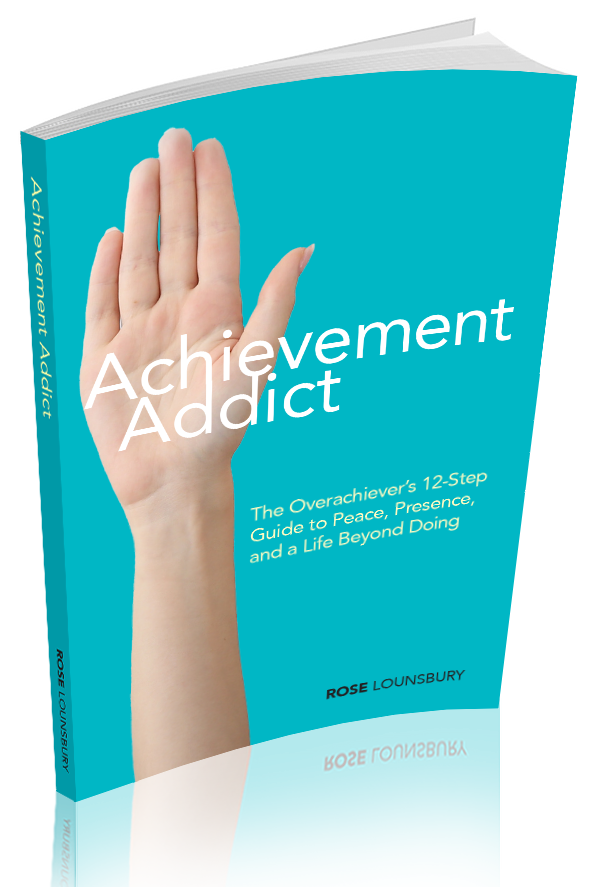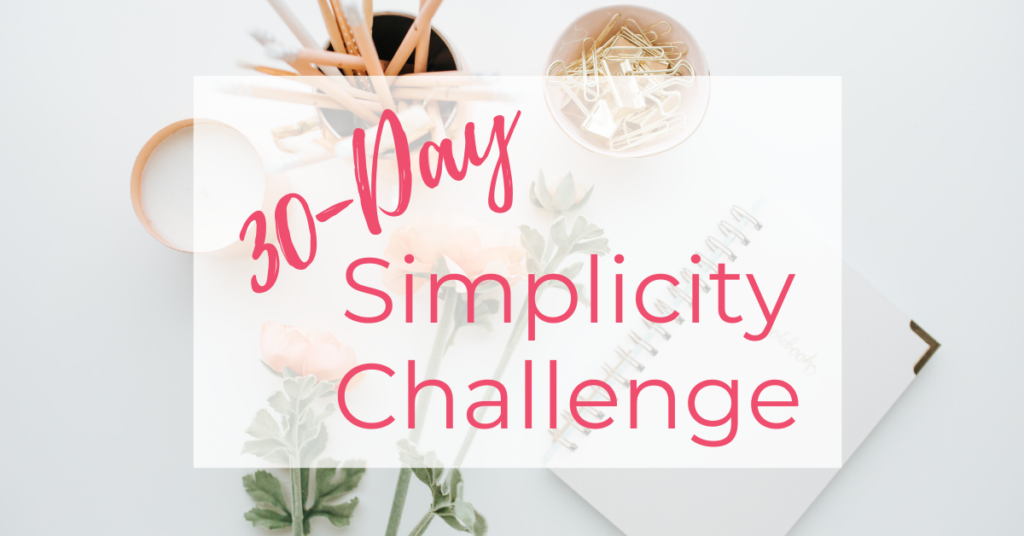How can I do it all? I have all these “must do’s” and “should do’s” and I still want to have a life! I have a million calendars and lists and apps and sticky notes and I’m going nuts! Agh!
If the above paragraph describes how you feel regularly, you are certainly not alone. Many of us, myself included, feel this way from time to time. Today I’d like to share a simple habit that has helped me immensely: writing out a daily schedule.
Well, duh! I hear you say. A daily schedule?! I already do that and I still can’t keep up with everything!
I hear you. But here’s the trick: divide your schedule into hard and soft appointments.
Come again?
Certainly. Let’s start with some definitions.
HARD APPOINTMENTS: A hard appointment does not move. It is like a boulder in the middle of a river. It is a do-or-die thing, a time-sensitive thing that must happen on a certain day at a certain time or it does not happen. Doctor’s appointments, sports practices, and board meetings are hard appointments. Hard appointments should always be written on your calendar and they should be the only things written on your calendar. Why? Because you don’t want your do-or-dies mixed up with your could/should/might/want to’s. Speaking of those…
SOFT APPOINTMENTS: Soft appointments are the could/should/might/want to’s. They are fluid and flexible, the kinds of things you could do, but they aren’t do-or-die. You could do them or you could wait another day or two and nothing awful will happen. Soft appointments include things like calling your sister, buying groceries, and looking up new bookshelves online. Soft appointments are the types of things people usually write on to-do lists. (Yes, you should have to-do lists, and I highly recommend creating categorized ones. Read about that here.) Soft appointments flex around hard appointments. If the hard appointments are the boulders, the soft appointments are the water flowing around them.
Now that I understand the difference between hard and soft appointments, how do I use them to create a daily schedule?
You will need three things:
- Paper
- A red pen
- A pencil
Every night, before I go to bed, I gather these three materials to create my daily schedule for the following day. Here’s how:
I check my CALENDAR for HARD APPOINTMENTS and write them in RED, leaving space for any in-between time. Why red? It’s do-or-die, baby. If I don’t do it, it bleeds.
Then I check my TO-DO LISTS for SOFT APPOINTMENTS and write them in PENCIL in those in-between spaces. Why pencil? Because they can be erased and moved to another day. Remember, soft appointments aren’t the boulders, they are the water. They can flex. They don’t actually need to be done. The only things I really, truly have to accomplish that day are in red.
Here’s an example of what a daily schedule might look like:

This is an actual daily schedule (with name changes) that I made with a client yesterday. She has ADHD and recently went back to graduate school. More than most of us, she struggles with deadlines and prioritizing, often feeling extreme anxiety because she does not know how to use her time. Creating a daily schedule reduces this anxiety. The color-coding (another helpful strategy for ADHD) helps her clearly differentiate between what needs to be done and what could be done.
Note: Because she struggles with getting to bed on time, we made her nighttime routine, bedtime, and lights out into hard appointments. Further note: her nighttime routine includes creating a schedule like this for the following day… very important! She will probably not always need to consider her end-of-day routine a hard appointment, but until this habit is ingrained, it helps her.
I have some questions about this… Can I make a soft appointment into a hard appointment to make sure I get it done?
Sure. Just like in the above example, it sometimes helps to make things a hard appointment until you do them naturally. However, I caution about overdoing this. It’s the equivalent of highlighting everything in an article instead of just the most important ideas. When everything is a hard appointment, the urgency of hard appointments is lost. For example, I will occasionally make exercise a hard appointment for myself to make sure I do it. But I can’t do that regularly or I will start believing that I can let hard appointments slip. And I don’t want to get into that habit.
Do you really do this every day?
No. I don’t usually create a schedule on weekends or during vacations. But I write a daily schedule almost every weekday. Particularly because I work for myself, I am responsible for setting my own schedule, and writing it out like this helps me keep myself on track. When I taught full-time in public school, I probably would not have needed to make a schedule like this… there already was a schedule, with bells included!
What if I miss a hard appointment?
The sun will probably rise again tomorrow.
I hope this system helps you avoid that crazy, headless chicken “How can I get it all done?!” feeling so many of us live with regularly. I’d love to hear any tips or tricks you have for organizing your daily schedule!
Rose Lounsbury is the Dayton, Ohio area’s up-and-coming professional organizer. After blogging about her own journey toward a minimalist lifestyle, Rose was inspired to start Less, a minimalist-minded professional organizing company. If you’d like Rose’s help with an organizing project at your home or office, please call her at 937-626-9030.








2 Responses
Ive been wanting to do this. I am going to try. I recently realized I have many symptoms of ADHD and am trying to find natural ways to keep myself going further from crazy, instead of towards it. Helpful tips like this sound great, but I rarely actually do them. Im trying to change that.
Yes, it is hard to actually get yourself to do it… believe me, I read tons of great ideas on blogs and never do them! But this is a pretty simple one… maybe it will help you! Would love to hear if you have some success with it! Good luck and thanks for reading!